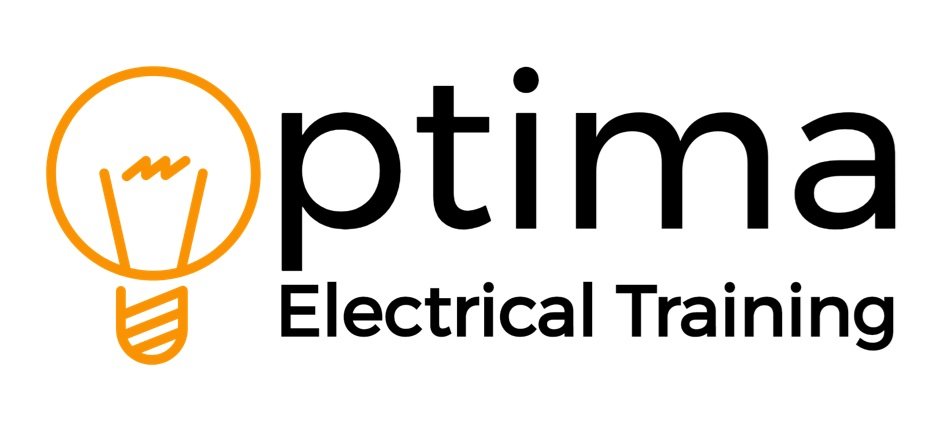Expanding Solar PV Workforce in the UK to Meet Ambitious Renewable Energy Goals
Recent research on the workforce requirements for solar photovoltaic (PV) suggests that the government's plans to achieve 70 gigawatts (GW) of solar capacity by 2035 may require as many as 500 newly qualified electricians annually.
Considering the UK's current solar capacity stands at approximately 15 GW, this research was undertaken at the request of The Electrotechnical Skills Partnership (TESP) and was funded by NET. The objective was to assess the electrotechnical industry's capacity to support this growth and the anticipated workforce needs. A team of research experts from Pye Tait conducted extensive investigations, conducted interviews with electrical contractors, and conducted thorough analysis to arrive at their findings. This encompassed factors such as the average duration of solar PV installations and the level of maintenance required.
It is estimated that between now and 2035, a total workforce ranging from 6,110 to 6,890 full-time equivalent (FTE) qualified electricians will be necessary to accommodate the increasing number of solar installations. This equates to 4,800 to 5,600 more FTE electricians compared to the current requirements for solar PV, or an additional 438 to 509 FTE electricians becoming qualified each year.
While it poses a challenge, the electrotechnical industry is in a favorable position to meet this demand. The report identifies the UK's existing population of electricians and electrical fitters as 210,000 (excluding apprentices). In the previous year, approximately 4,000 apprentices attained the status of qualified electricians, with apprentice enrollments being notably higher than average over the last two years in the UK. Additionally, Pye Tait's report acknowledged that ongoing advancements in solar PV technology could potentially reduce the need for PV units and, consequently, the number of required electricians.
The integration of solar PV knowledge and skills into electrical apprenticeship standards ensures that new apprentices are exposed to these and other low-carbon technologies at an earlier stage. For the existing workforce, earlier this year, TESP introduced the 'Electrician Plus' concept, emphasizing that qualified electricians should upskill in relevant technologies to ensure public safety when working on solar PV and other low-carbon installations.
With their strong foundation of occupational competence, electricians are well-positioned to provide the flexibility and adaptability needed to keep up with evolving technologies and varying workloads.
TESP advocates for the industry to continue pushing forward with apprentice recruitment and the upskilling of qualified electricians, recognisng that solar PV is not the sole factor driving increased demand for the industry's workforce.
"While the initial projections appear achievable, it is crucial to highlight the growing need for electricians in other areas of the industry to meet future demands," noted TESP Chair Ruth Devine. "The impact of growing sectors such as smart homes, electrification of heating, electric vehicle charging points, and battery storage systems, among others, necessitates a constant and expanding supply of qualified electricians and those in training.
"We encourage employers to seize these opportunities and ensure they recruit and train to prevent future skill shortages, prioritizing competence and, ultimately, public safety in the installation of low-carbon technologies."
This latest research builds upon a study commissioned by TESP last year, which also found that the anticipated demand for electrical vehicle charging point installations (with the upper estimate at approximately 5,000 electricians by 2030) can be accommodated by the industry.
Currently, TESP is involved in several projects and initiatives aimed at supporting employers and electricians in their upskilling efforts. These include engagement with Local Skills Improvement Plans and devolved authorities to secure funding and prioritize upskilling in key technologies for qualified electricians, as well as exploring alternative training routes such as full-time courses, T-Levels, NVQs, and how the industry can provide more work opportunities to assist individuals in becoming fully qualified. You can find more information about the solar PV report and other research commissioned by TESP on their LMI page.
If you're considering a career change or looking to enhance your existing skills, now is the perfect time to take the initiative and enrol with Optima Electrical Training. With the availability of interest-free payment plans, it's easier than ever to get started.
Contact us today to embark on your training journey.
Contact us: Request Information
Email: info@optima-ect.com
Freephone +44 800 0371572


